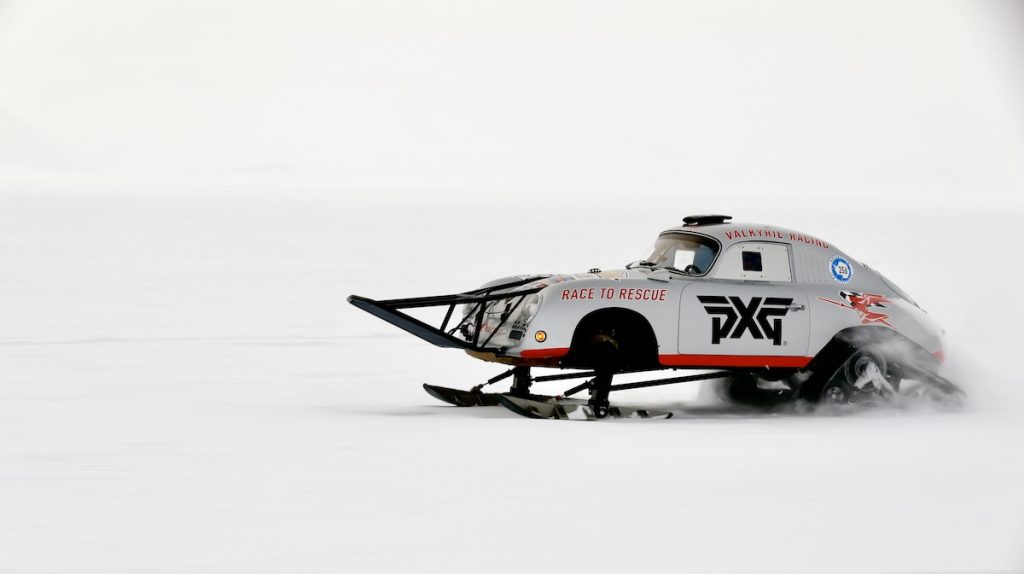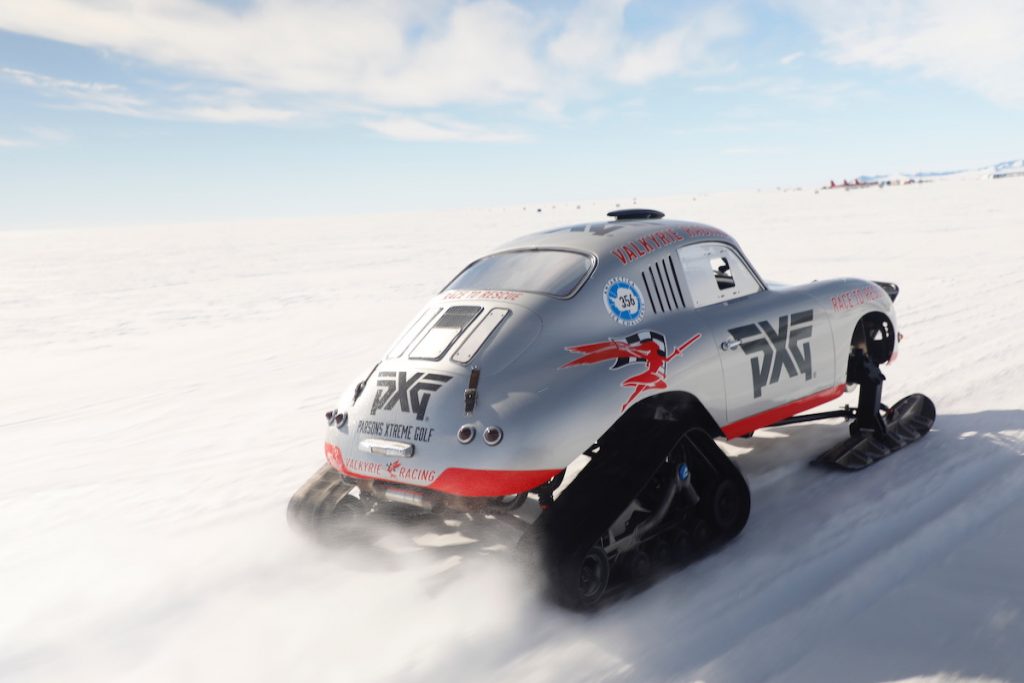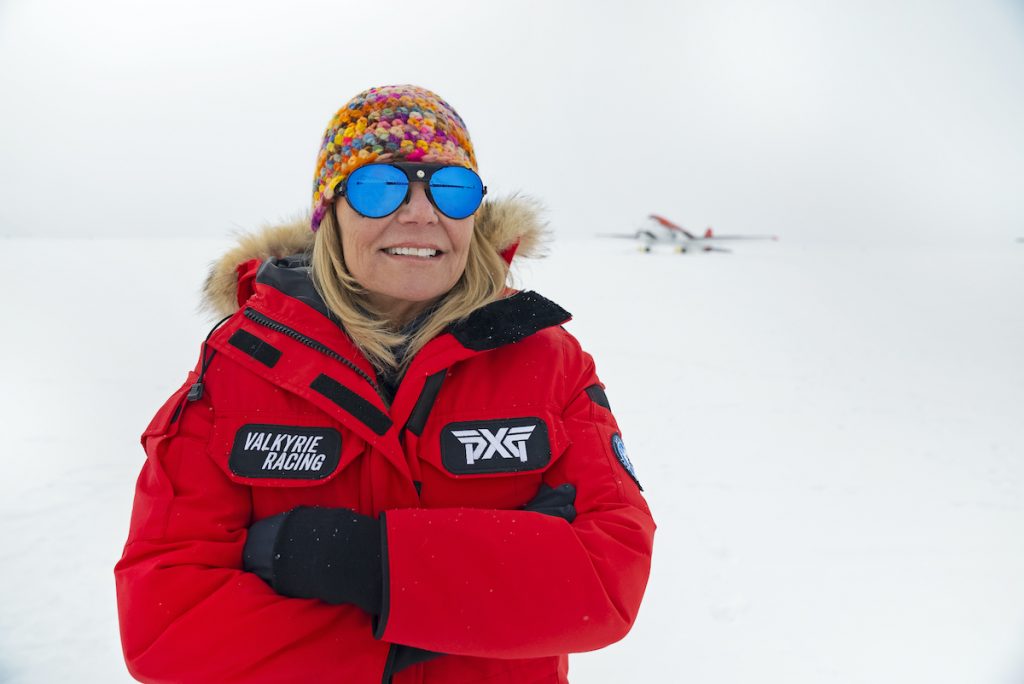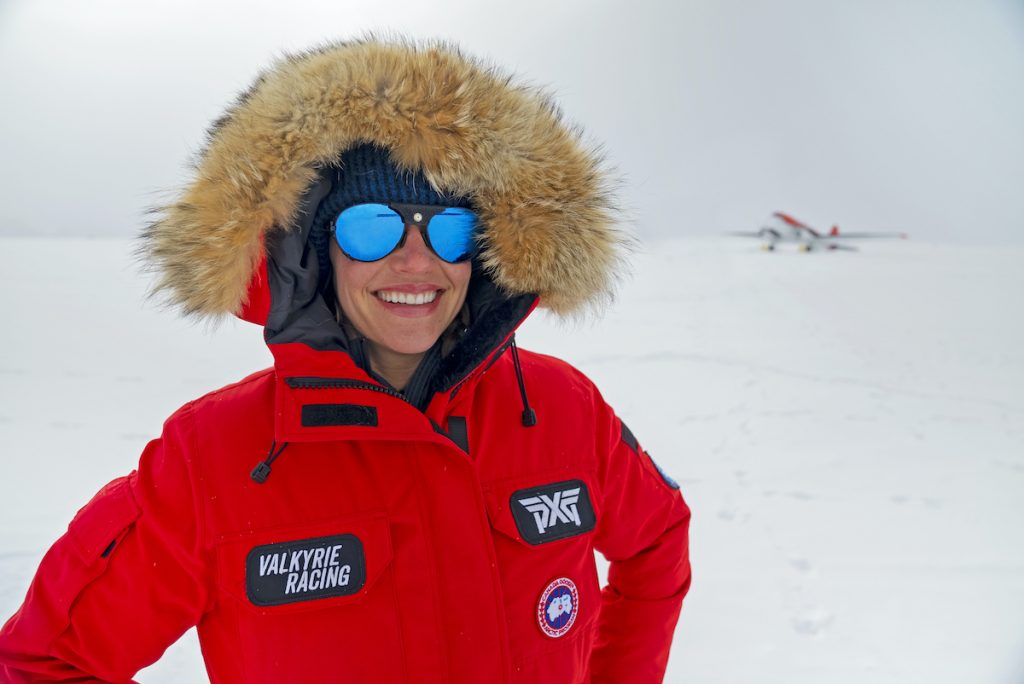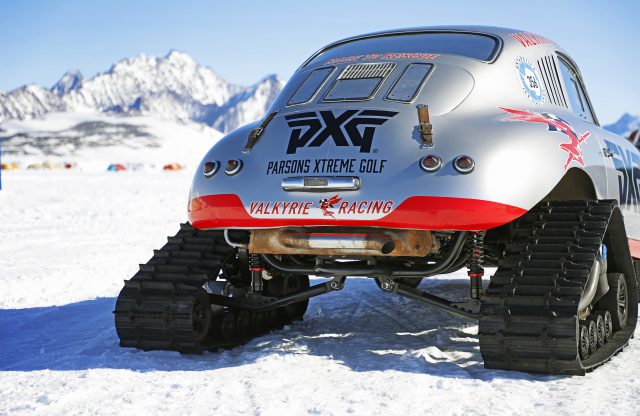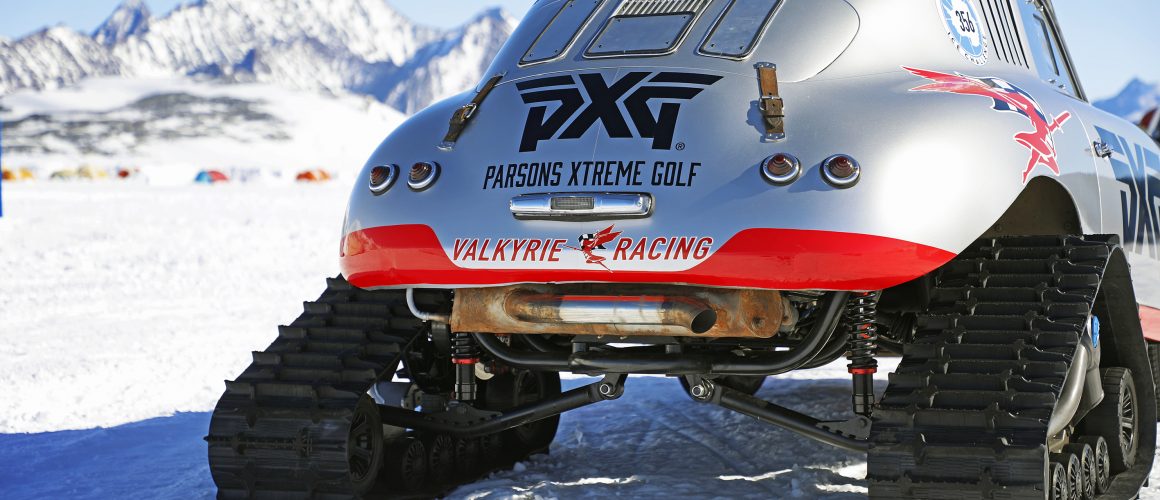WORDS: ELLIOTT HUGHES | PHOTOGRAPHY: VALKYRIE RACING
Renée Brinkerhoff and her Valkyrie Racing team have completed the Project 356 World Rally Tour: a record-breaking, 17,000-mile odyssey across all seven of the world’s continents in a 1956 Porsche 356A. Project 356 was conceptualised to raise awareness for Valkyrie Gives, a charitable foundation designed to end the scourge of human trafficking around the world.
Valkyrie Racing’s daunting adventure began in Mexico, 2017, with the perilous Carrera Panamericana. From there, Renée and her team had the 356 shipped to the start line of the Targa Tasmania; the fastest Tarmac rally in the world.
Next came the equally challenging and treacherous mountains of the Caminos del Inca in Peru, followed by the epic Peking to Paris and the rain-soaked East African Safari Classic Rally. But with exactly 356 miles remaining and six of the world’s continents crossed, the final leg of the journey was by far the most difficult – and dangerous.
And that’s because the only continent yet to be graced with the wheel tracks (or ski tracks in this case) of Valkyrie Racing’s Porsche was Antarctica; a desolate, frigid and punishing wilderness where no classic car had ever been before.
But how did Renée – a 65-year-old woman from Denver – end up in a 1950s Porsche at Union Glacier in Antarctica? “I was doing the laundry and had a thought: ‘I have to race’,” she told Top Gear. And, race she did – not in karts or autocross, but in a vintage Porsche across parched deserts, imposing mountains, barren tracks and gelid glaciers.
Renée had proven before the Antarctic leg of her adventure that she had all the resilience, passion and determination needed to take on the ice. But the same couldn’t be said of her vintage Porsche. The solution? Replace the front wheels with steerable skis and the rears with tracks to claw through the snow. A large frame on the front prevents the soap-shaped nose from digging into the snow or from falling into crevasses. Obviously.
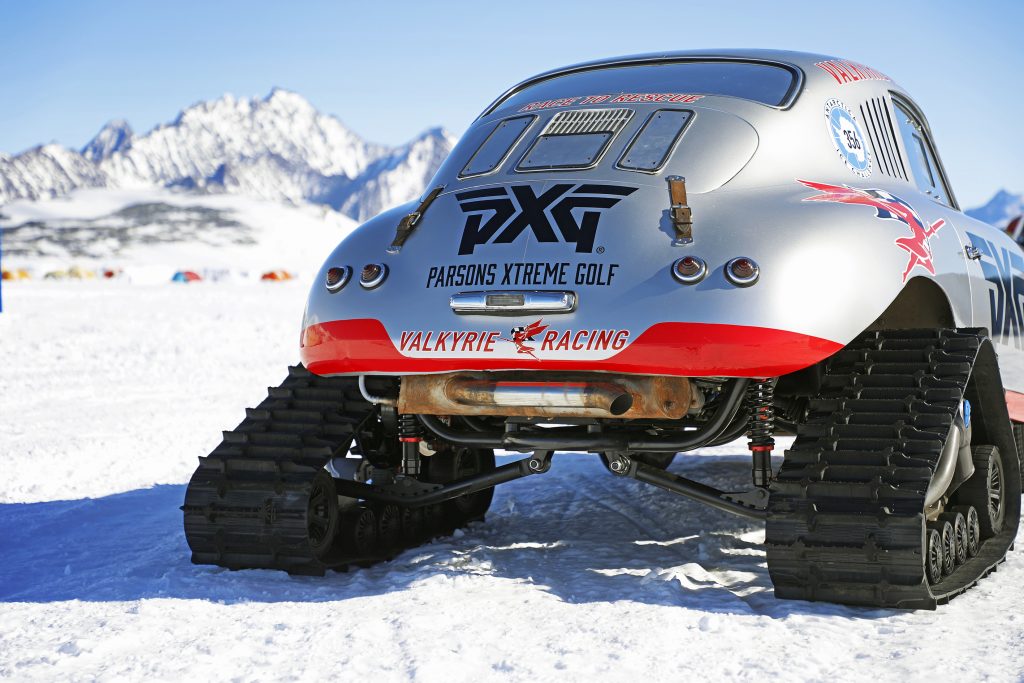
With the modifications settled, South Pole record holder and engineer Kieron Bradley and Tuthill Porsche got to work in transforming the car from its sultry, glamorous beginnings into a hardened, snow-traversing adventurer.
Valkyrie Racing’s Instagram page reveals that Renée and her team were greeted with the cosmic dance of a solar eclipse soon after reaching their final frontier, but they would have little time to be seduced by such natural wonders; problems and challenges were presented as unforgivingly as the kilometres of snow and ice beneath their feet.
The team tested their intrepid Porsche with a shake-down on day one. The morning went swimmingly, but once noon had passed the car developed engine issues and had “virtually no power”, with not a single mile of the journey on the clock.
An air filter saturated with ice turned out to be the problem, suffocating the car of oxygen and leaving it gasping for precious air on the icy plains. Undeterred, the team of adventurers thawed out the air filter and stoically racked up 56 miles on day one.
Day two: Valkyrie Racing continued making good progress with a total 141 miles now in the rear-view mirror. But, like an icy deity, “what Antarctica giveth, Antarctica taketh away”. The freezing temperatures meant that a bolt had sheared off the front right hub.
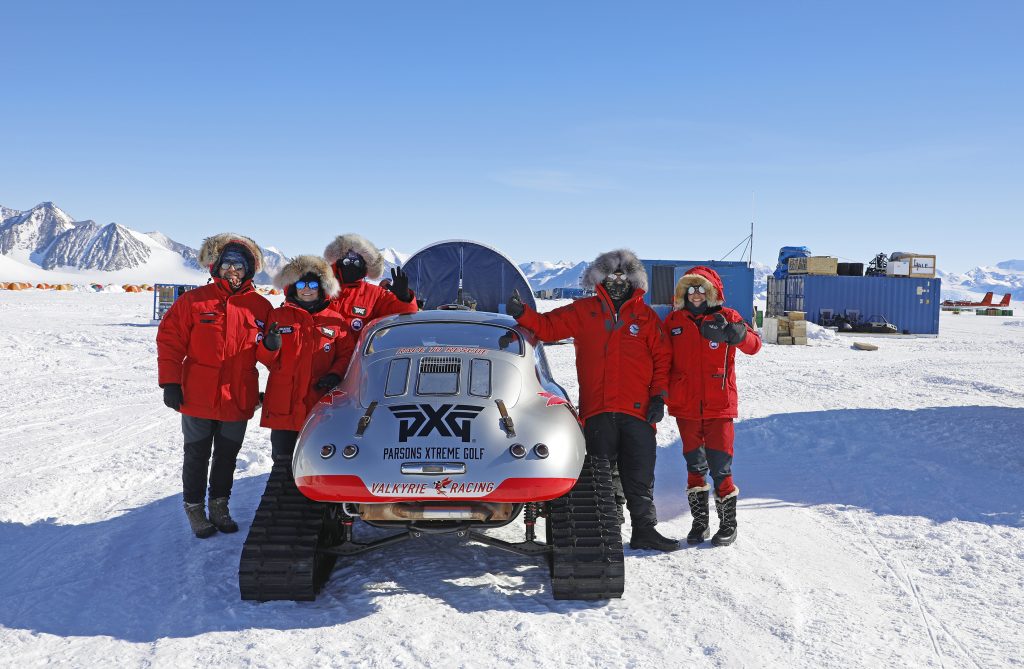
“Thankfully, we have spares,” Renée calmly wrote on Instagram, much to the relief of her dedicated followers. With the bolt replaced the car determinedly clawed its way through the Antarctic before being stricken with another “major problem” just ten miles before base at around 4pm. Five hours later and the Porsche had reached the team’s base for the night for some much-needed respite.
By the end of the following day, Valkyrie Racing easily eclipsed the halfway mark and had covered 285 miles. Again, though, Antarctica did all it could to stymie the team’s progress. “In the afternoon we were going uphill and the engine lost power,” Renée said in her latest update.
The carburettors turned out to be completely frozen and had to be entirely replaced in white-out, sub-zero conditions even after initially being thawed out. With that problem resolved, a kingpin in the arm of the front left ski failed – a repeat of what had already occurred on the right-hand-side earlier that day. The team limped on to base with a wayward left-hand ski and then the car started dropping oil with just one mile to go to base.
Renée and her teammates woke up the next morning believing that the Porsche had been afflicted by terminal engine issues, leading to the unwelcome prospect of performing an engine change in the wilderness. Thankfully, that proved not to be the case. Mechanic Simon Redhead discovered that carburettor and spark-plug problems were the culprits.
Once Simon had rectified the car’s engine and suspension issues, the Porsche got back out on the snow and continued to rack up the miles. Valkyrie Racing and its car braved another day of sub-zero, white-out conditions and 50mph winds, and got tantalising close to the 356-mile goal before another bolt sheared from a suspension arm with just 16 miles remaining.
But the team persevered and reached the finish line at Drake Icefall on December 15, one week after arriving in Antarctica. “It was breathtaking, emotional and triumphant,” Renée wrote. “There’s so much to tell about this final incredible chapter in Project 356, we can’t wait to get back and tell you all about it.”
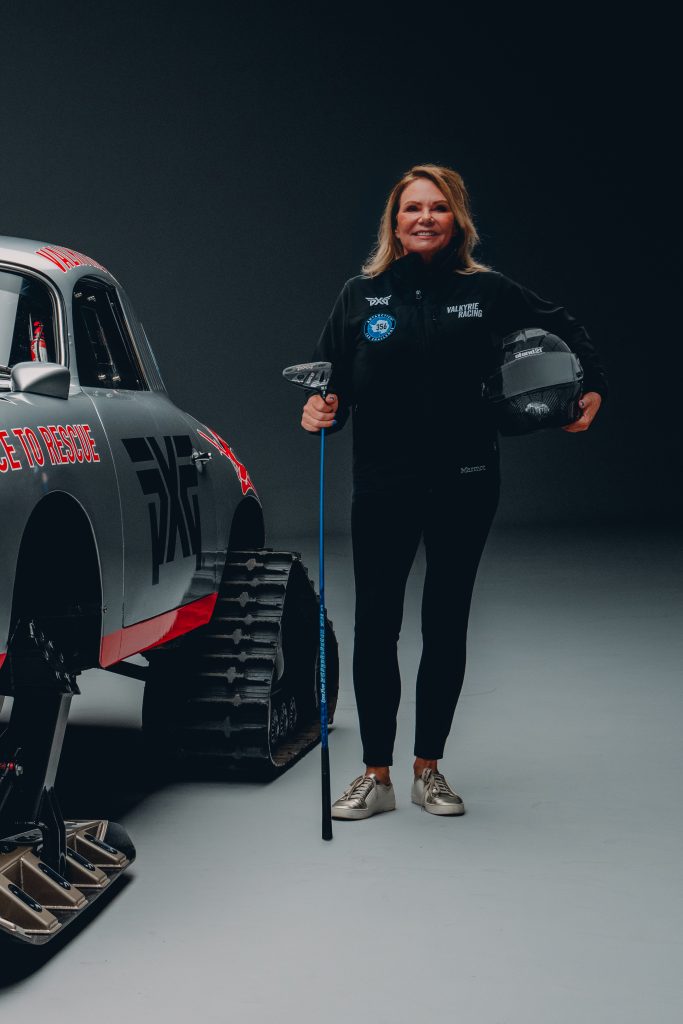
At time of writing, Valkyrie Racing has successfully raised $556,142 for Valkyrie Gives as a consequence of its globe-trotting challenge, shattering records and pre-conceptions in the process. The team hopes their successes will encourage that figure to surpass the $1 million goal. You can help make that a reality by donating here.
In the meantime, we can’t wait to hear and see more about this inspiring automotive adventure, especially in a year that has at times felt as challenging as crossing Antarctica.
If you liked this, then why not subscribe to Magneto magazine today?
